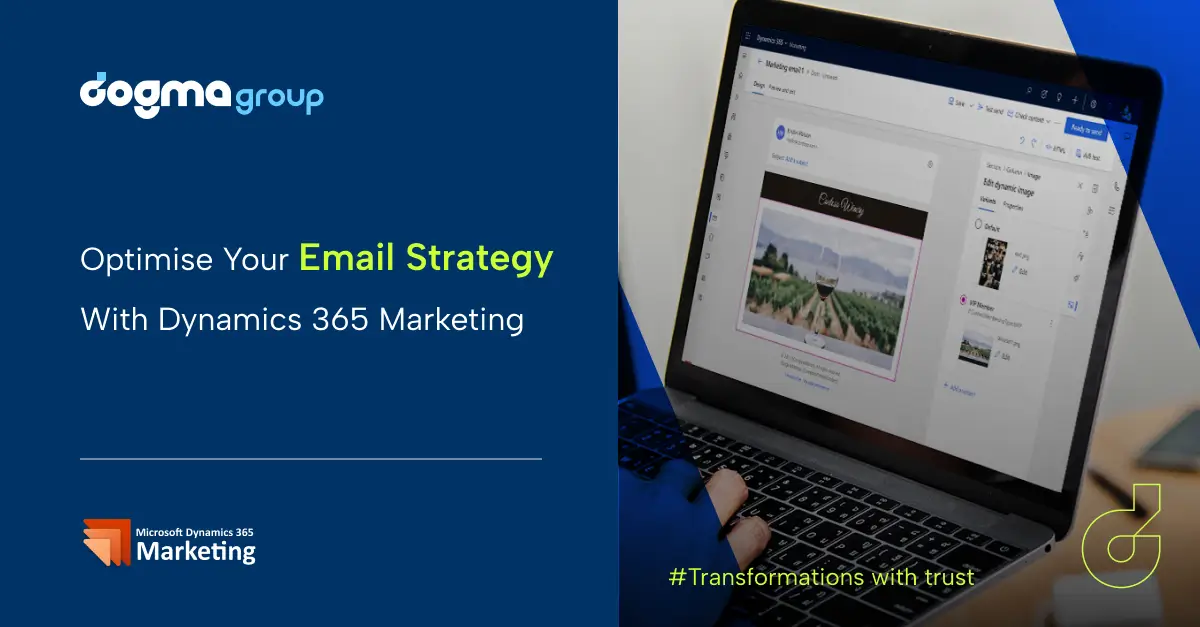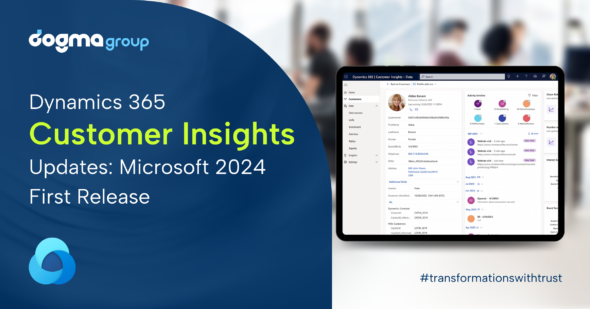The world is digitally connected now more than ever, and our inboxes have never been so crowded! And why not? The sheer potential of email marketing combined is something no marketer can overlook.
Picture this: By 2025, a staggering 4.6 billion individuals worldwide will use email. With such an extensive reach, there’s no better time to harness the power of email marketing for your brand.
Why? Simply put, email marketing is a cost-effective marketing tool when it comes to communicating your brand message or promoting your products. When consumers are ready to make a purchase, your email can be the catalyst that triggers their buying decision if your message reaches them at the right time and in the right way, thus, propelling your sales further.
As a matter of fact, the 2020 State of Email Survey by Litmus found that for every $1 marketers spend on email marketing, they get $36 in return. Another recent study by Mailjet suggests that more than 76% of marketers credit email marketing as a direct contributor to their organisational success.
Still, only 8% of marketers reported that they follow the best practices for email marketing. That can be a challenge for email marketers as poorly crafted marketing emails can be less engaging and even end up flagged as spam. What makes it even more taxing is the fact that over 41% of subscribers only skim their emails.
So, how do you stand out from the crowd and make your email marketing soar to new heights? It’s a question worth pondering, and that’s where Dynamics 365 Marketing comes in! Microsoft’s popular marketing platform is designed to streamline and automate everything related to marketing, including email marketing, customer segmentation, customer journeys, and personalisation, for businesses of all sizes and industries. And with a well-defined and executed email marketing campaign using a solution like Dynamics 365 Marketing, you can cut through the noise and ensure massive returns on your email marketing.
But how exactly do you go about unleashing the true potential of your email campaigns in Dynamics 365 Marketing? Allow us to explain!
1. Properly Segment Your Audience
Customer journeys become more effective when your segments incorporate real-time demographics, firmographics, and behaviour data. But how do you efficiently create multiple segments that are targeted well and continuously improve them when you are targeting hundreds or thousands of contacts?

The answer: the new query assist feature in Microsoft Copilot for Dynamics 365 Marketing. It uses generative AI to recommend segments based on your natural language, tapping into your system data. Say goodbye to the time-consuming task of segment creation and complex data structures. Now you can expedite your marketing campaigns with the latest AI that can suggest a customer segment that you can fine-tune and add to your customer journey.
These segments can be dynamic or static in Dynamics 365 Marketing. You can create dynamic segments effortlessly with logical expressions, like “all contacts from London” or “all contacts who like Chelsea” These segments adapt continuously, reflecting changes in your contacts and their information. Demographic and firmographic segments are just a glimpse into the power of dynamic segmentation. You can explore related entities to contacts and further develop more complex segments.
Alternatively, you can also include a statistic segment within a dynamic segment by manually populating desired contacts. It is not based on a logical query since marketers typically create it based on their personal knowledge or offline customer interactions.
But that’s not all! Save your best-performing segments as templates for future campaigns, journeys, or retargeting the same customers. Boost efficiency and leverage your previous success with just a few clicks away!

2. Build Email Templates to Expedite Email Creation
Much like segment templates, you can also benefit a lot from email templates. They are a quick and effortless way to send recurring emails to several customers. Not only can you save time with email templates, but you can also ensure the consistency and accuracy of your email content.
Here’s an example! You have an opportunity to cross-sell child insurance at a discounted premium when either a father or a mother buys their life insurance policy. Now you can use the same email template promoting discounted child insurance packages for both customer journeys with a few modifications to save time and maintain a consistent tone.
You can use the Editor tab in the Email Template to make custom email templates for your unique customer journeys. It has easy-to-use drag-and-drop functionality that speeds things up even when you’re creating a new email template from scratch. Plus, you have access to advanced responsive email layouts, which adapt easily to any device or screen.

3. Configure Your Subscription Centre and Lists Properly
All emails in Dynamics 365 Marketing have a link to a subscription centre. A subscription centre allows known contacts to manage their communication preferences and contact details with your business. While many countries require all marketing emails to include an unsubscribe link, it also ensures the deliverability of your emails and boosts your email reputation.
Other than the unsubscribe link, you can also offer several other subscription options to your contacts through your subscription centre. Doing this allows you to provide other subscription lists, like monthly newsletters or quarterly update emails, to your customers so that you can better understand their specific interests and preferences.
And since subscription lists in Dynamics 365 Marketing use static marketing lists that can only hold contacts, you can use these lists to directly target a customer journey.

4. Use Customer Journeys to Automate Your Campaigns
You can use customer journeys with multiple nurture emails to deliver the right messages to the right segments at the right time. However, a single journey can include thousands of potential leads, and individually assessing their response and emailing back to them can be tedious and time-consuming, thus delaying time-to-value.
But did you know you could automate that entire process in Dynamics 365 Marketing to expedite your marketing campaigns?
For instance, you can apply a trigger to categorise contacts depending on whether or not they signed up for your event through email. Those who signed up can receive an automated welcome email. In addition, you can set up another trigger to send a reminder email that alerts those contacts that haven’t signed up within, say, a week.
Now imagine automating multiple email journeys just like this or even more complex ones! Saving a ton of time in targeting segments and designing a profitable customer journey means having ample time to focus on the value and performance of those journeys.

5. Utilise A/B Testing to Determine the Best-Performing Email Design and Content
A/B testing has become a standard marketing practice, and you will be pleased to know that Dynamics 365 Marketing offers this capability. It allows you to test two different versions of the same email and track their performance. This way, you can gain valuable insight into which one works best for your customers.
All you need to do is craft a control email, version A, based on which you then create a second option, version B. You then use the automated A/B testing to send both versions to two separate, smaller portions of your target audience.

Based on their response after a certain time, you can then choose the one that’s most successful and send it to the entirety of your contacts. And the best part: This whole testing process is automated!

In addition, you can also use the insights from A/B testing while crafting new emails and journeys in the future for improved effectiveness of your email marketing.
6. Perform Litmus Tests to Ensure Your Email Layouts Works Well on All Devices
Crafting and sending emails constitute only a part of email marketing. Ensuring that your emails are responsive and adapt to the customer’s preferred channel and device is equally important.
Being able to market your products and services on all devices allows you to ensure the consistency and deliverability of your emails.
For that, you can run a litmus test on all of your emails using the Email clients tab in Preview and test option within the Email designer in Dynamics 365 Marketing.
The email designer in Dynamics 365 Marketing offers two preview types: Standard and Inbox. In the Standard preview, accessible through the Preview and test tab in the Email designer, you can view your email design, pick form factors, select contacts, and adjust content settings. This preview allows for sample data input for personalised content.
On the other hand, the Inbox preview, found in the Email clients tab under Preview and test, provides an accurate representation of your email as it will appear across different email clients and platforms.

7. Craft Emails Easily Using Copilot
Writing emails one at a time manually can easily drain creativity and make your messages less compelling. And with several dozen emails to write for a single journey, marketers have their work cut out for them.
But you can now use another Copilot feature in Dynamics 365 Marketing called content ideas to leverage AI to kickstart your email creation process. This feature acts as your creative partner, sparking inspiration during email drafting. You can input key points and choose a tone, prompting Copilot to offer extended email content ideas. These suggestions can be directly added to your draft, serve as a starting point for fresh content, or inspire a completely new direction.
Copilot to offer extended email content ideas. These suggestions can be directly added to your draft, serve as a starting point for fresh content, or inspire a completely new direction.
The content ideas feature also provides personalised suggestions by analysing your organisation’s existing marketing emails and various internet sources. This enhances the relevance of the ideas generated. But you need a minimum of 20 ready-to-send/live emails for this one-time analysis process.

8. Use Automated Error-Checking to Improve Deliverability and Compliance
Another thing you need to do before sending emails is to verify them for errors before activating them on marketing services or going live. To do that, Dynamics 365 comes with an automated Error-check feature that ensures your emails are error-free. It ensures the deliverability of your emails and avoids triggering spam alerts.
Error-free marketing emails establish a well-defined customer journey outlining the target segment, delivery schedule, and follow-up actions. In addition, essential elements of all emails include a subscription centre link, the sender’s physical address, a clear subject, a valid ‘From’ name and address, an HTML body, and a plain-text version of the message. The ‘From’ address should ideally use a domain authenticated via DKIM. Unauthenticated domains can be used, but it isn’t recommended.
The error-check feature also confirms the validity of dynamic content, HTML codes, and domain. It also ensures the existence of referenced videos and images from the content libraries and checks the ‘To’, ‘From’, and ‘Subject’ fields and subscription centre links for valid content. This helps improve and maintain your organisation’s email reputation and comply with global email-marketing regulations.

But do remember that Live messages in Dynamics 365 Marketing are stored by a marketing service and can be sent to contacts multiple times. Essentially, a live marketing email message acts as a master document housed on your server, equipped with active logic. This document can generate and send personalised individual emails when triggered by a customer journey. But unlike personal emails, you cannot just hit send. You have to Go live!

9. View and analyse message results
Designing perfect-looking email campaigns alone does not suffice; you also need to validate their efficacy and outcomes. Plus, the market is dynamic, and what works today may not work tomorrow, which requires you to continuously improve your email strategy.
Thanks to Dynamics 365 Marketing, which employs sophisticated tracking techniques to monitor how your contacts interact with your emails. It tracks whether they opened, clicked, forwarded, or ignored your emails using unique web beacons and redirect links specific to each recipient. It then logs each interaction for further analysis.
The insights from customer responses and behaviour, further grouped by parameters like customer journey or email template, can be useful to improve your email marketing effectiveness. Additionally, you can deepen your understanding of the most effective email strategies by tracking KPIs across multiple entities. These entities include contacts, leads, segments, customer journeys, lead scoring models, marketing pages, forms, websites, and redirect URLs, besides emails.

10. Personalise Your Emails With Dynamic Content and Mail-Merge
Since marketing emails are targeted to a large number of contacts but still need to be personalised for each contact, you can use dynamic content. Dynamic content and fields are resolved just prior to sending emails, allowing for the merging of individual recipient data, insertion of special links, and the use of personalised content.

This capability can extend to custom logic like conditional statements and loops if you’re code-savvy. It can be employed throughout the message body and in some header fields, like subject, from address, and from name, further enhancing personalisation and relevance. You can then use the mail-merge feature to quickly send personalised emails to everyone in your segments, even when you’re working with multiple journeys and segments.
Additionally, the personalisation feature in the graphical designer allows you to dynamically insert specific data into your messages, such as recipient details, message settings, and other database values. It can also be used in certain settings fields, like the subject, from-address, and from-name fields, enabling highly customised communication.
Need more help?
These are merely a few of the best practices for email marketing with Dynamics 365 Marketing. You can further integrate customer data and interactions from your other systems, further fine-tuning your email strategy. You may also need system reconfiguration to improve your email marketing but not be aware of it. Talk to our Dynamics 365 Marketing experts to enhance your email marketing efforts and drive more conversions.






